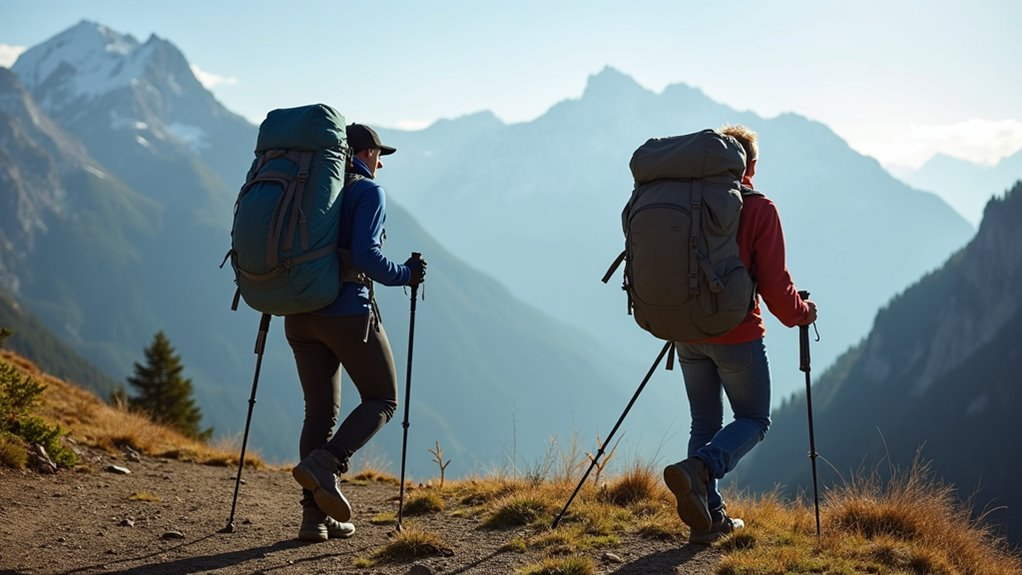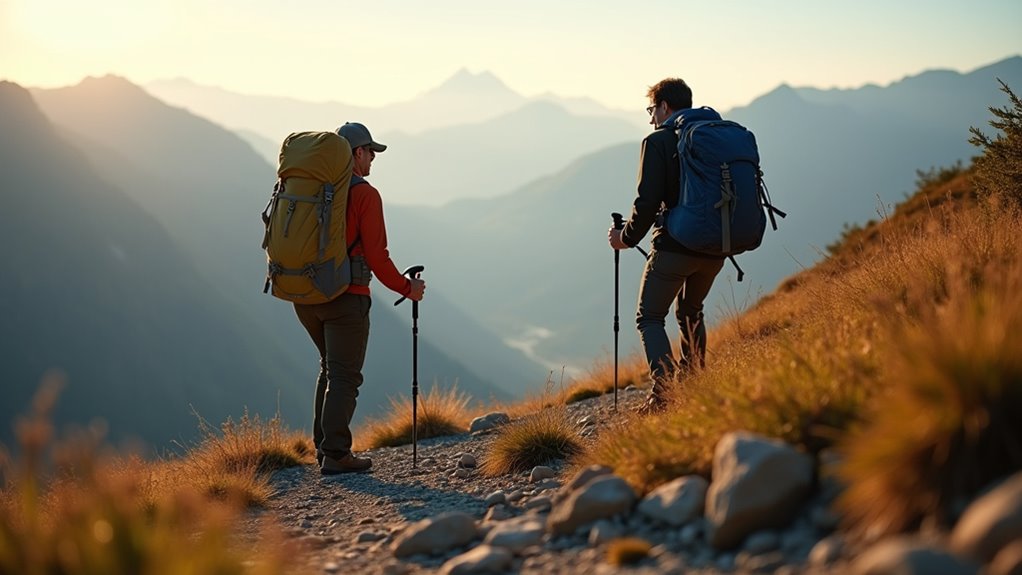Physical Address
304 North Cardinal St.
Dorchester Center, MA 02124
Physical Address
304 North Cardinal St.
Dorchester Center, MA 02124

Learn the 15 critical backpacking rules that separate successful adventurers from those who return home with expensive disasters and painful regrets.
You’ve probably heard backpacking horror stories—someone’s $200 sleeping bag soaked through because they ignored weatherproofing, or a hiker who packed 60 pounds for a weekend trip and barely made it two miles. These aren’t just unlucky accidents; they’re preventable mistakes that can turn your dream adventure into an expensive nightmare. The difference between a successful backpacking trip and a disaster often comes down to following fifteen essential guidelines that experienced hikers swear by.

When you’re preparing for your first backpacking adventure, following proven best practices can mean the difference between an unforgettable experience and a costly disaster.
Start by testing all your gear at home before hitting the trail. Pack your backpack multiple times to find the most efficient configuration, and break in your boots with several practice hikes. Create a detailed checklist to avoid forgetting essentials like water purification tablets or a first aid kit.
Plan your route thoroughly, including water sources and campsites. Share your itinerary with someone reliable.
Pack lightweight, multi-purpose items to save money and reduce weight. Always carry the ten essentials: navigation, sun protection, insulation, illumination, first aid, fire starter, repair kit, nutrition, hydration, and emergency shelter.
Consider starting with family camping trips to build outdoor experience and test your gear in a more controlled environment before tackling challenging solo backpacking routes.
While following best practices sets you up for success, avoiding common mistakes is equally essential for a safe and enjoyable backpacking trip.
Don’t overpack your gear – every ounce counts on the trail. Skip cotton clothing, which retains moisture and loses insulation when wet.
Pack light and choose synthetic or wool fabrics over cotton to stay warm and dry on the trail.
Never leave food unsecured; bears and critters will find it. Don’t ignore weather forecasts or trail conditions before departure.
Avoid hiking alone without informing someone of your plans. Don’t rely solely on your phone for navigation – batteries die and signals disappear.
Skip expensive gear upgrades until you know what works for you.
Don’t push beyond your fitness level or experience. Avoid camping in low-lying areas where water collects.
Finally, don’t forget the Leave No Trace principles – protect the wilderness for future adventurers.
Don’t assume that city centre camping follows the same rules as wilderness backpacking – urban environments require different considerations and permissions.
You might think backpacking’s too expensive or complicated to start, but it doesn’t have to be. Start small with borrowed gear and local trails—you’ll learn what works without breaking the bank. Follow these dos and don’ts, and you’ll avoid costly mistakes that strand beginners. Your first successful trip will prove that smart preparation beats expensive equipment every time. Get out there, stay safe, and discover why millions choose backpacking for affordable adventure.